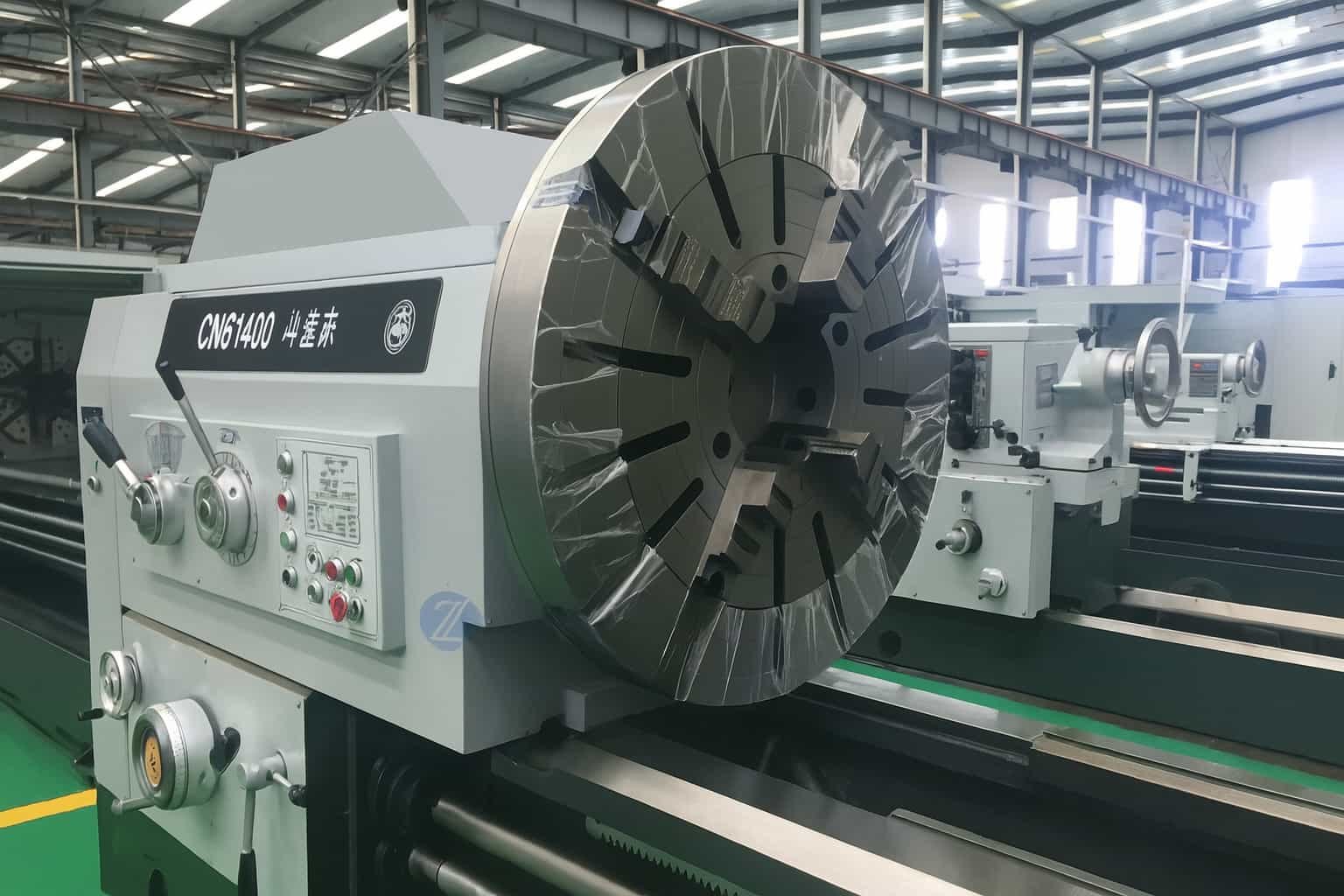What is a Heavy Duty Lathe?
A heavy duty lathe is a robust machine tool designed for machining large, heavy, and often complex workpieces. It provides high precision and stability for industrial applications.

Key Features of a Heavy Duty Lathe:
- High Load Capacity: Supports and rotates heavy workpieces with ease.
- Enhanced Rigidity: Built with a solid structure to withstand high cutting forces.
- Precision Control: Offers accurate machining for large-scale components.
- Versatility: Capable of performing various operations like turning, threading, and drilling.
Common Applications:
- Automotive Industry: Manufacturing engine blocks and crankshafts.
- Aerospace: Producing aircraft components.
- Heavy Machinery: Creating large machine parts.
Conclusion
Heavy duty lathes are essential in industries requiring the machining of large and heavy components, providing precision, stability, and versatility.
What is classified as heavy duty?
Heavy duty refers to equipment, machinery, or vehicles specifically designed to handle demanding tasks and environments. These items are built to withstand significant stress, pressure, and usage over extended periods.
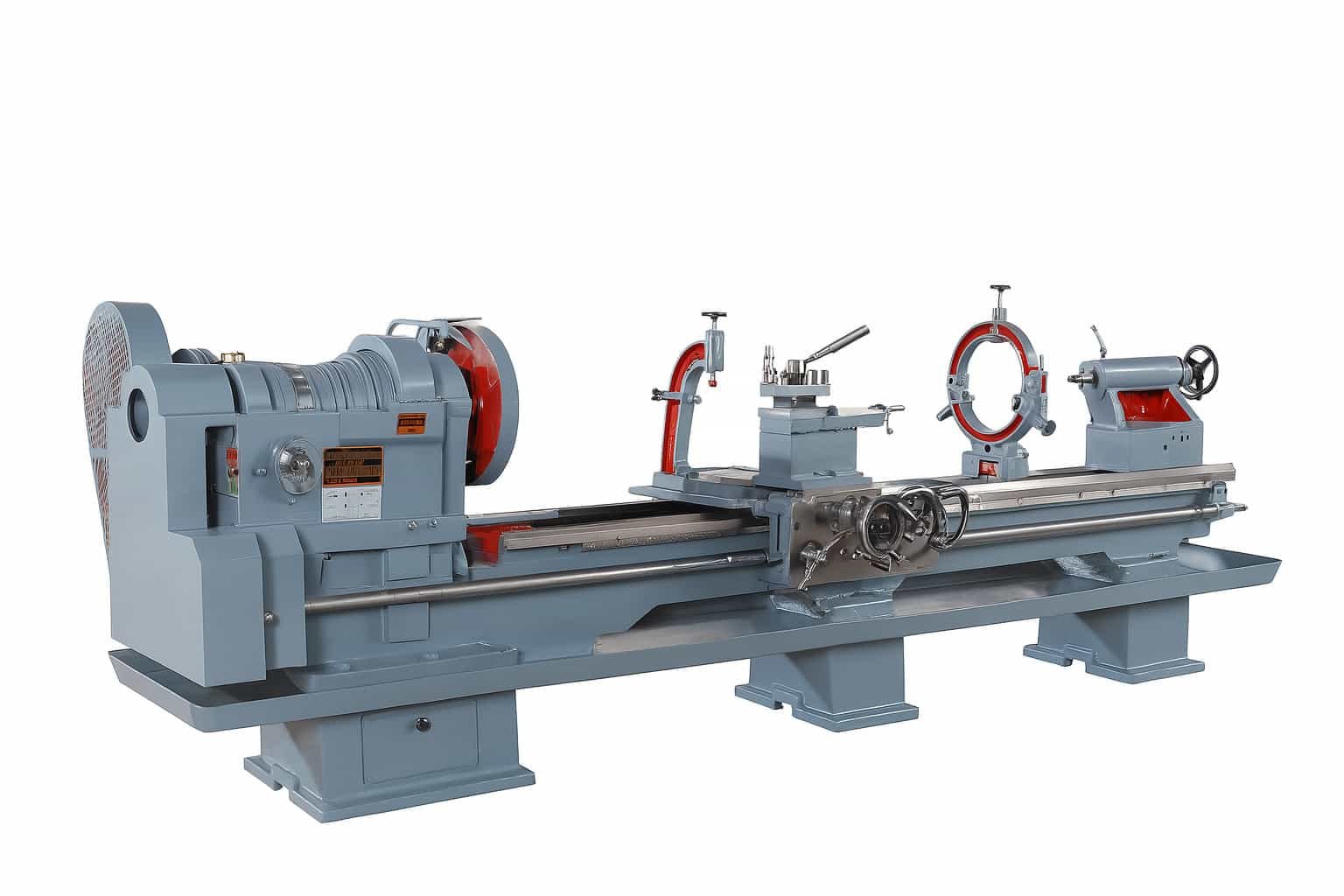
Characteristics of Heavy Duty Items
- Durability: Constructed with robust materials to endure harsh conditions.
- High Capacity: Capable of handling large loads or intense work cycles.
- Enhanced Performance: Equipped with stronger engines or motors for superior power output.
- Reinforced Components: Features such as thicker frames and reinforced joints for added strength.
Common Heavy Duty Applications
- Construction: Bulldozers, cranes, and excavators.
- Transportation: Heavy-duty trucks and trailers.
- Manufacturing: Industrial machinery and production line equipment.
Understanding the classification of heavy duty helps in choosing the appropriate tools and machinery for specific tasks, ensuring efficiency and safety in various industries.
When to Use Heavy Duty?
Heavy duty should be used when dealing with tasks that require high strength, durability, and resilience. This typically includes industrial applications, construction projects, and situations involving extreme weather or heavy loads.
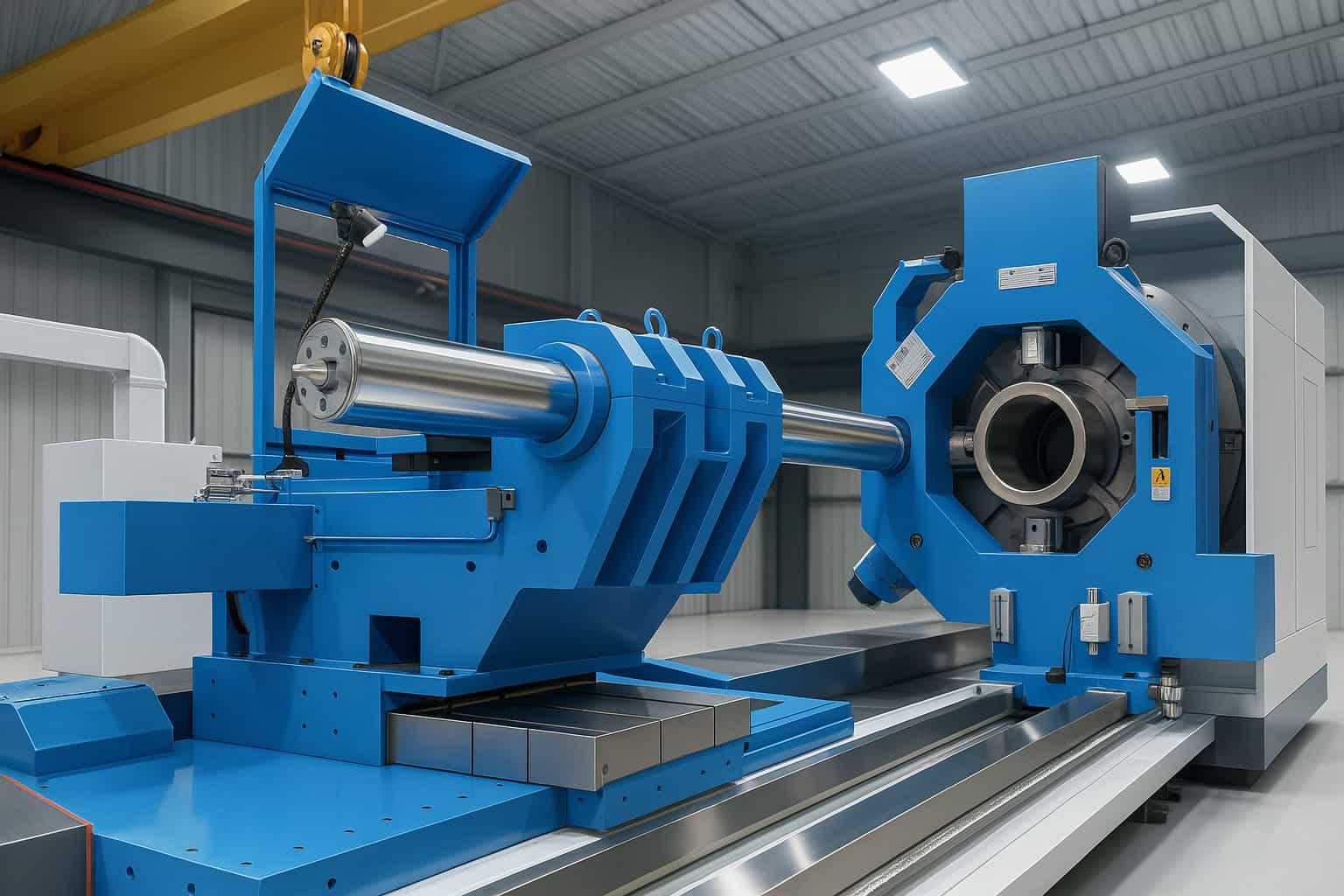
Key Scenarios for Heavy Duty Use:
- Construction and Infrastructure: Building bridges, roads, and large structures.
- Industrial Machinery: Operating heavy machinery or equipment.
- Transport and Logistics: Moving large or heavy goods.
- Extreme Conditions: Environments with high stress, temperature, or corrosive elements.
- Heavy Fabrication: Metalworking, welding, and manufacturing.
Benefits of Heavy Duty:
- Enhanced Durability: Able to withstand high stress and wear.
- Increased Load Capacity: Handles heavy weights without compromising safety.
- Longer Lifespan: Reduced need for frequent replacement.
Using heavy duty options ensures safety, efficiency, and longevity in demanding applications.
What is the difference between heavy duty and severe duty?
Heavy duty and severe duty refer to different levels of equipment and vehicle usage intensity. Heavy duty typically involves tasks that are demanding but do not push equipment to its maximum limits, while severe duty involves extreme conditions that significantly stress the equipment or vehicle.
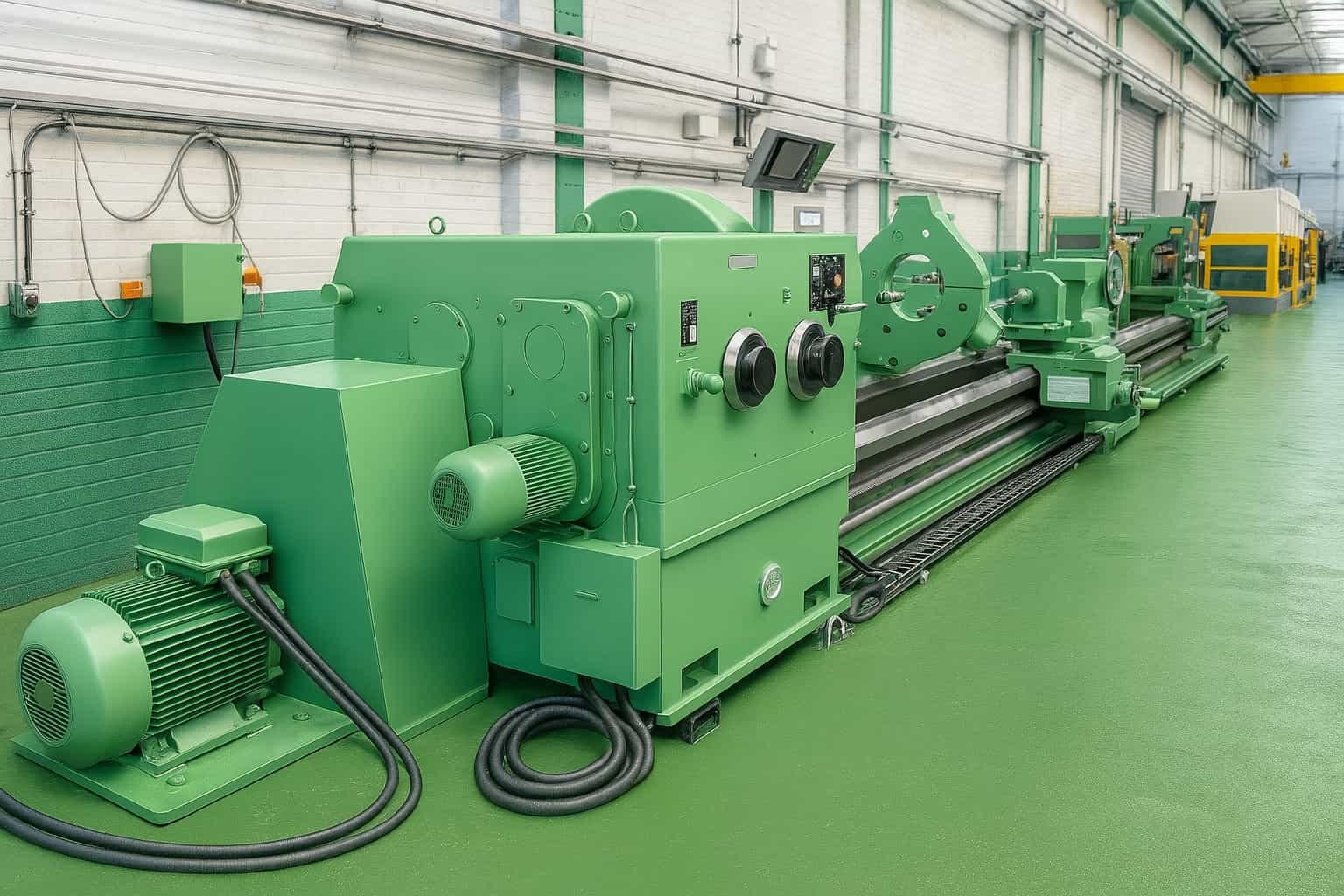
Heavy Duty
- Usage: Regularly demanding tasks, such as transporting heavy loads.
- Environment: Normal industrial or commercial settings.
- Stress Level: Moderate, manageable by standard heavy-duty equipment.
Severe Duty
- Usage: Extreme tasks, such as continuous operation in harsh environments.
- Environment: Severe conditions like extreme temperatures, dust, and corrosive environments.
- Stress Level: High, often requiring specialized equipment designed to endure maximum stress.
In summary, heavy duty is for regular demanding tasks in normal conditions, while severe duty is for extreme tasks in harsh conditions, requiring robust, specialized equipment.
What is the difference between normal duty and heavy duty drive?
Normal duty drives are designed for applications with consistent, moderate loads, while heavy duty drives are engineered for demanding environments with high torque and variable loads.
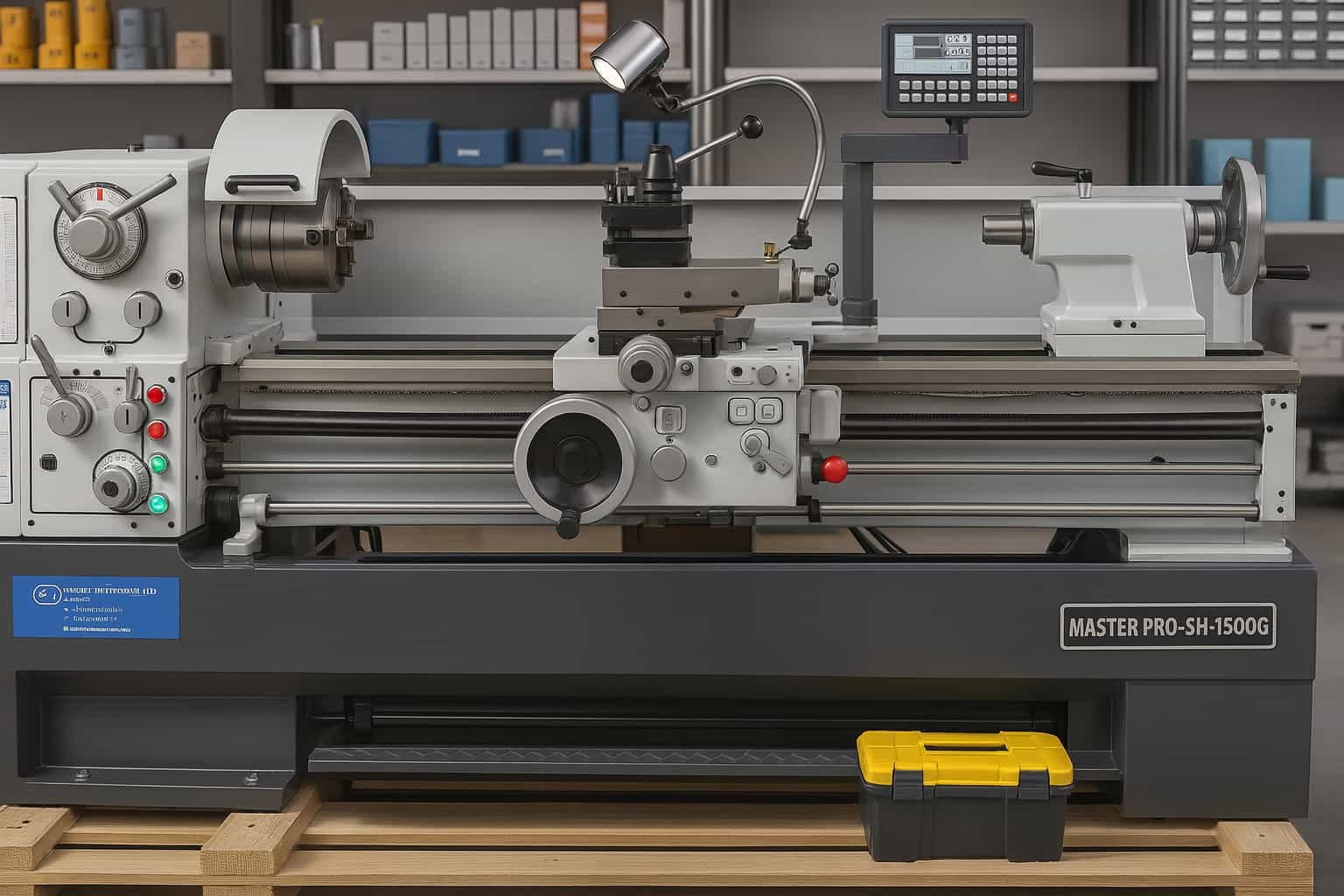
Key Differences:
- Load Capacity: Normal duty drives handle steady, moderate loads; heavy duty drives manage high, varying loads.
- Torque Requirements: Heavy duty drives provide higher torque compared to normal duty drives.
- Thermal Management: Heavy duty drives have enhanced cooling systems to manage heat generated from high loads.
- Durability: Heavy duty drives are built with robust materials to withstand harsh conditions and frequent starts and stops.
- Typical Applications:
- Normal Duty: Fans, pumps, and conveyors.
- Heavy Duty: Crushers, mixers, and large industrial machines.
Understanding these distinctions helps in selecting the appropriate drive for specific industrial applications, ensuring efficiency and longevity of the equipment.

